The 17 Sustainable Development Goals and their role in climate action
December 5, 2022Carbon offset projects have the potential to accelerate sustainable development worldwide. Although it is not directly related to the fight to reduce emissions and prevent global warming, it is nonetheless essential to provide sustainable support to the people and regions most affected by climate change (MAPA – Most Affected People and Areas).
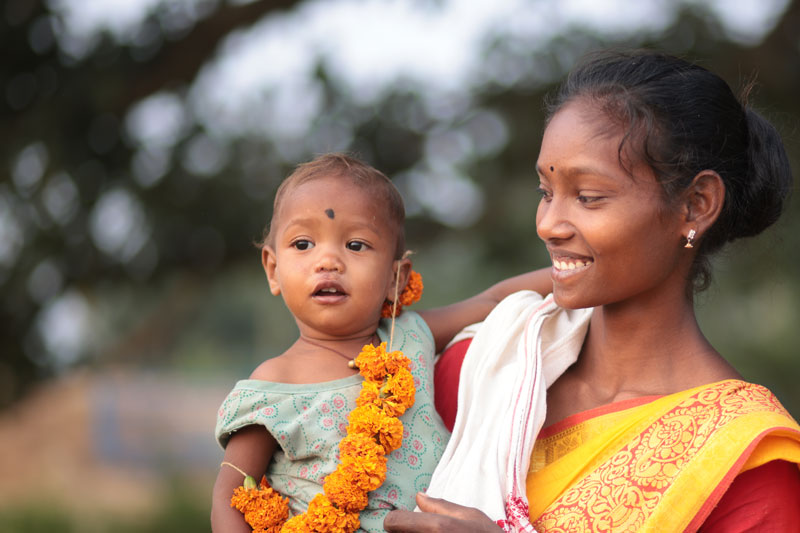
The 17 Sustainable Development Goals of the United Nations (SDGs) enable your company to make this social and ecological contribution visible by financing projects that improve people’s lives and protect our planet. In this e-book, we show how you and your company can make a big impact by choosing the right carbon offset projects for you.
The 17 UN Sustainable Development Goals form a new global partnership
In September 2015, the United Nations (UN) adopted the 17 Sustainable Development Goals as part of the 2030 Agenda. They replaced the Millennium Development Goals (MDGs), which the UN established in 2000. The 17 Sustainable Development Goals represent a commitment by nations to build a new global partnership dedicated to reducing extreme poverty and establishing a series of goals up to the year 2030.
The 17 Sustainable Development Goals are for everyone: governments, civil society, private businesses, and the scientific community. They cover economic, ecological, and social aspects. Moreover, they are a blueprint for shaping global economic development in line with social justice and the planet’s ecological limits. The goal of the SDGs is to promote peace and prosperity around the world. That is why all UN member states have agreed to fight against poverty and for equality by implementing this shared vision into their national development plans. The weakest and most vulnerable are the highest priority; the goals can only be accomplished if no one is left behind.
The SDGs are inseparable
The 17 Sustainable Development Goals are interlinked and inseparable. For example, fighting poverty also means fighting for gender equality and reducing hunger.
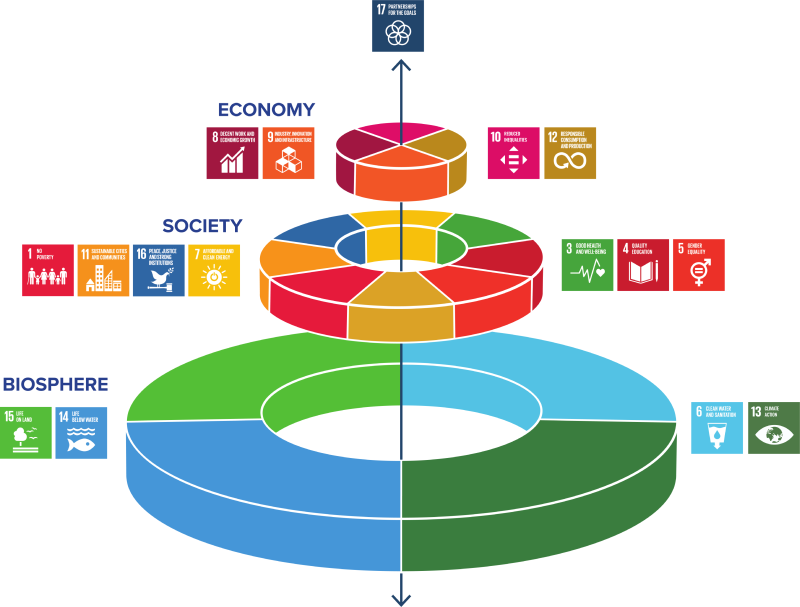
Looking at the bigger picture - or at the wedding cake diagram of the SDGs by the Stockholm Resilience Centre - it becomes clear that all the goals are contingent on those related to the environment and biodiversity. If the planetary boundaries, i.e. the ecological limits of the Earth, are exceeded, the stability of our ecosystem and, in turn, the basic requirements for human life will also be at risk. If the planetary boundaries are not respected, neither the social nor the economic goals can be accomplished.
Learn more details about the 17 Sustainable Development Goals in our eBook!
What part do the 17 SDGs play in climate action?
As greenhouse gases are distributed evenly in the atmosphere, exactly where emissions are released or avoided is of little consequence in terms of the greenhouse effect. This means that emissions that are released in one place can be offset through carbon offset projects elsewhere, saving the overall balance of emissions. To offset greenhouse gases, projects can be funded to either reduce emissions somewhere else or create and maintain carbon sinks, such as forests and moors. These projects are normally situated in countries in the Global South.
As such, the primary purpose of carbon offset projects is to demonstrably lower carbon emissions so that they contribute directly to the 13th Sustainable Development Goal, climate action. Nevertheless, the projects have a much farther-reaching impact, bringing considerably more benefits to society, business, and the environment. The SDGs are therefore a means of mapping and measuring the additional value of carbon offset projects.
Carbon offset projects must meet certain standards. The Clean Development Mechanism (CDM), Gold Standard (GS), Verified Carbon Standard (VCS), Plan Vio Standard, and Social Carbon Standard are among the most well-known on an international level. To qualify to register with these certification standards, a carbon offset project must prove that it actively contributes to sustainable development. For this to happen, potential contributions to the SDGs are measured, although projects cannot officially communicate the contributions they are making to each goal until after they have been verified.
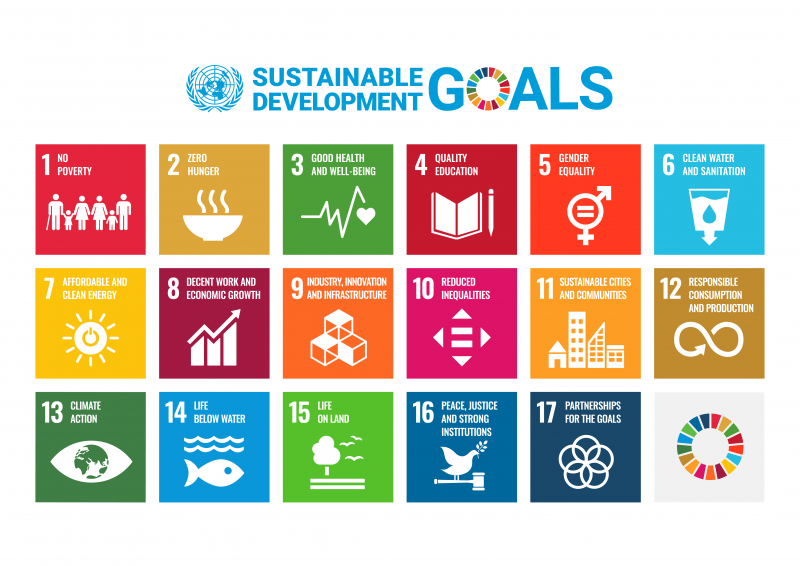
Besides fighting global warming and reducing emissions (SDG 13), renewable energy projects contribute to SDG 7 (affordable and clean energy). As many carbon offset projects also create jobs in regions with high rates of unemployment, they contribute to SDG 8 (decent work and economic growth) as well.
Even clean cooking stoves not only save fuel but also improve indoor air quality and thus contribute to human health. Consequently, carbon offset projects in this category also fall under SDG 3 (good health and well-being). Additionally, communities can use the income from the sale of the verified emission reductions generated by carbon offset projects to support other social activities, such as education (SDG 4; quality education) or advanced training (SDG 8; decent work and economic growth).
Overall, the significance of the SDGs has grown rapidly in recent years, and their social, economic, and environmental benefits strengthen society’s support for carbon offset projects.
What subject areas are covered by the Sustainable Development Goals?
The 2030 Agenda addresses numerous global challenges with the 17 Sustainable Development Goals. They provide a framework for far more than just climate action and are designed to support the best development possible for the five Ps of the SDGs – People, Planet, Prosperity, Peace, and Partnership.
In the words of Ban Ki-moon, former Secretary-General of the UN, ‘We can be the first generation that ends poverty and the last that avoids the worst effects of climate change.’
Learn more details about the 17 Sustainable Development Goals in our eBook!
The right climate action strategy for your company
Clean drinking water, clean energy, low-carbon cooking stoves, and light at any time of day. More time to go to school or earn money. Healthy forests, soil, and intact biodiversity. Our carbon offset projects make a lot of positive differences for local people and development.
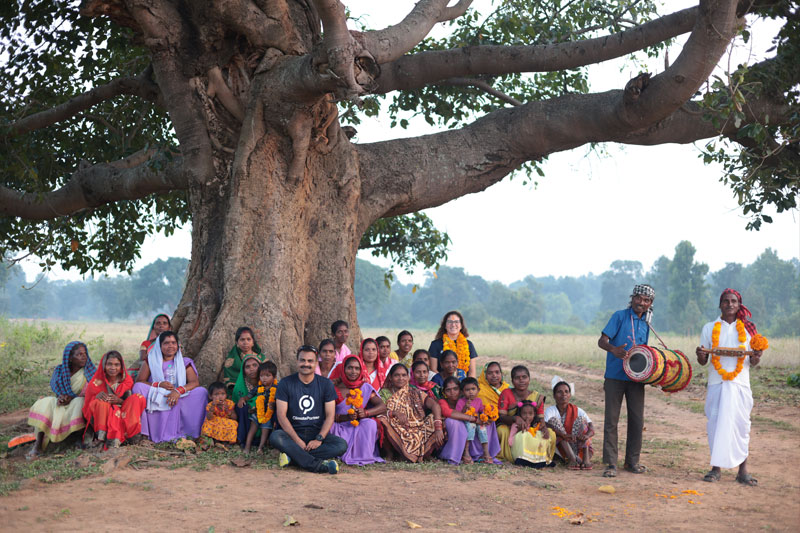
To make these effects visible, ClimatePartner transparently communicates the contributions that every single project makes to the various Social Development Goals. This way, you and your company can decide what goals you want to support, in addition to the fight against global warming. ClimatePartner’s projects constitute an example of international collaboration that really helps the planet, and many projects make rather extensive additional contributions. Besides their contributions to climate action, they offer a variety of benefits for the local population and environment and thus help to drive sustainable development on a local level.
Jointly creating impact and improving lives through climate action
Implementing the 2030 Agenda alongside the Paris Agreement is a great opportunity to bring about a global shift in favour of sustainable, low-emission ways of living and doing business, with the goal of leaving the coming generations with a future worth living. It is especially important to focus on the weakest and most vulnerable because the 17 Sustainable Development Goals can only be accomplished by 2030 if no one is left behind.
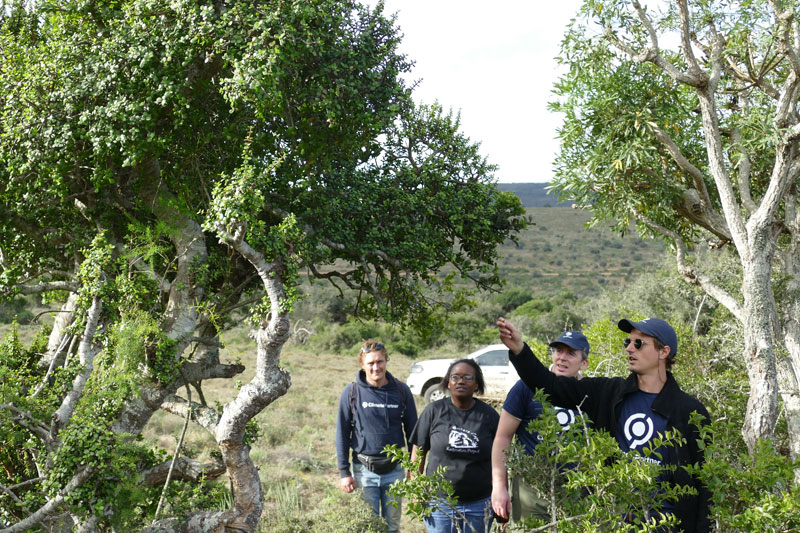
ClimatePartner takes responsibility and is ready to work with your company to help bring about the necessary change. Learn more about the 17 Sustainable Development Goals and visit the ClimatePartner Academy. Register now for free!